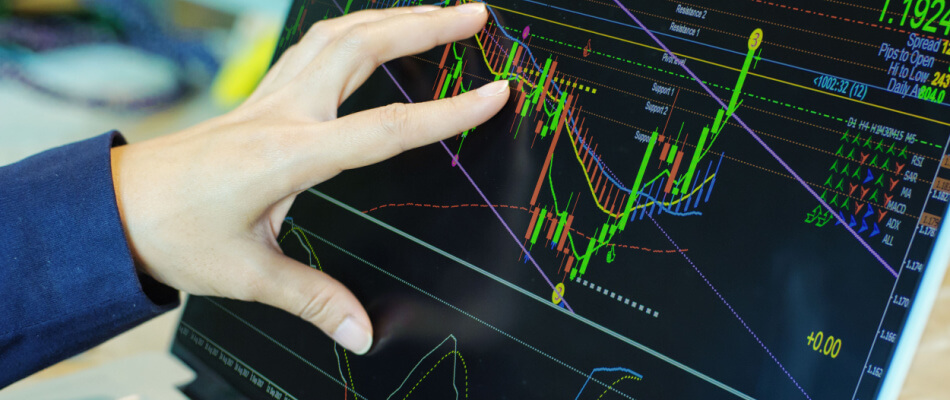Indices and Index Investing
An index (or indices in the plural) is a composition of shares by stock exchanges or specialized companies. These can also be other investment products, such as European corporate bonds. By investing in this composition, you invest directly in various shares or investment products.
A stock index is nothing more than the weighted average of various important shares. These can be both small and large shares of the stock exchange, such as the AEX in the Netherlands or the Bel20 in Belgium.
When you invest in indices, you call it index investing . It is a specific method where you try to achieve a corresponding return with another specific investment group or stock exchange.
How does indices trading work?
There are many ways in which a private entrepreneur or investor can trade in indices. There are two major differences between indices, namely trading with or without leverage. When you trade with leverage, it is possible that you can multiply the stake by a certain percentage. This allows you to make significant profits, but the risks are all the higher. Trading in indices with leverage is therefore more reserved for experienced investors. Trading with leverage can be done with investment instruments such as a future, a turbo, with options or with CFDs.
When you trade without leverage, you are less dependent on specific fluctuations in the market. Trading in indices without leverage can be done by buying or selling trackers or EFTs , for example , which allow you to invest in an entire index. So you do not buy one specific share, but look at fluctuations in the index as a whole. This allows you to invest in a spread manner, which reduces your risk.
When trading indices, it is important that you are aware of the economic development in a country. For example, when the economy is doing less well, the price will also fall. The better you know the situation, the better you can predict the prices in the long term. This is also the great advantage of trading indices. In addition, it is an advantage that trading has transparent pricing. Large parties cannot easily influence the price, which makes reliable pricing possible.
The price is stable without too many fluctuations. Extreme fluctuations are offset against each other, which means that the price often remains relatively stable. This can of course also be a disadvantage. The return that you can achieve by investing in indices is often not extremely high.

What are some well-known indices?
There are many types of indices around the world that investors can trade with. We have listed the most well-known indices for the Dutch investor.
- The AEX index is almost the most well-known index in the Netherlands. The AEX consists of many valuable Dutch companies, including ING, Ahold and Royal Dutch Shell. However, compared to global stock exchanges such as the US, the AEX is a relatively small index.
- The DAX30 is one of the most important indices in Germany and also offers many opportunities for Dutch investors. For example, the index includes many valuable German listed successful companies and the index is seen as the most important European index.
- The NASDAQ, the largest American index with a high name recognition and more than 3,000 listed companies, including big names such as Apple and Google. Within this index, it is often about the NASDAQ100, which are the 100 most important companies within the index.
- Finally, there is the Dow Jones index. This index is almost the most important American index that contains many large listed companies, such as multinationals McDonalds and Coca-Cola.
What is passive investing and what are the risks?
Investing in indices is seen as a passive way of investing. This is because you basically follow the market and do not actively buy or sell shares. This is ideal for when you do not always want to compete with the market.
With indices, you run less risk than when you buy shares in a specific company or a certain sector. With indices, there is only market risk, the risk when the economy as a whole declines. When the economy as a whole is down, such as during disasters or recessions, companies often perform somewhat less, which ultimately causes the prices of the indices to fall as well.
Compare brokers and start index investing
Are you excited about index investing after reading this article? Check out which brokers you can invest in indices with and find the broker that suits you best!